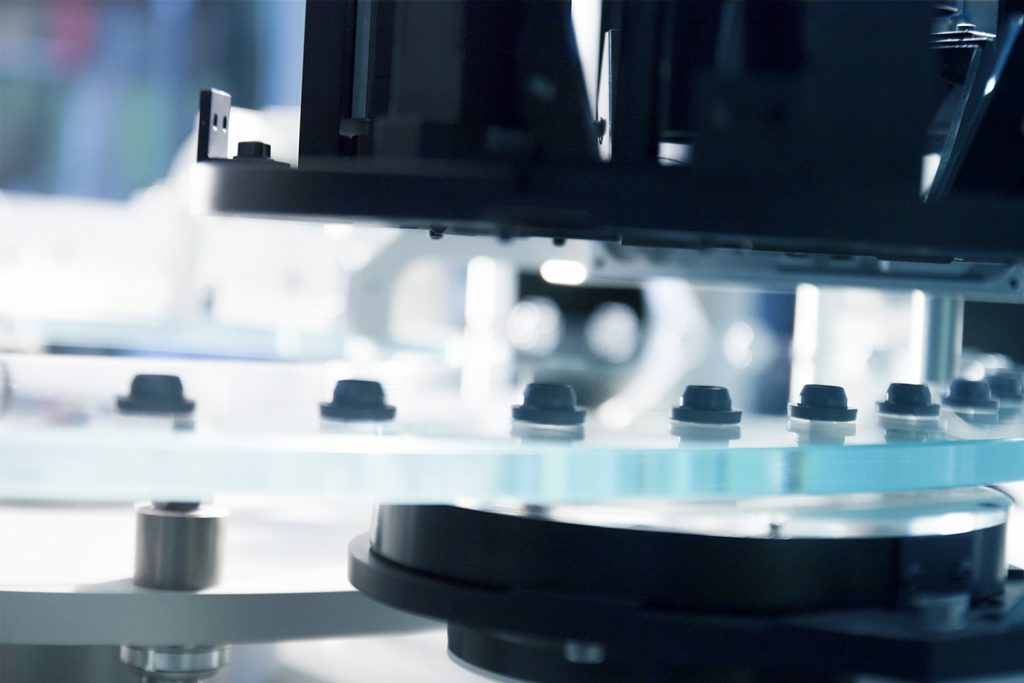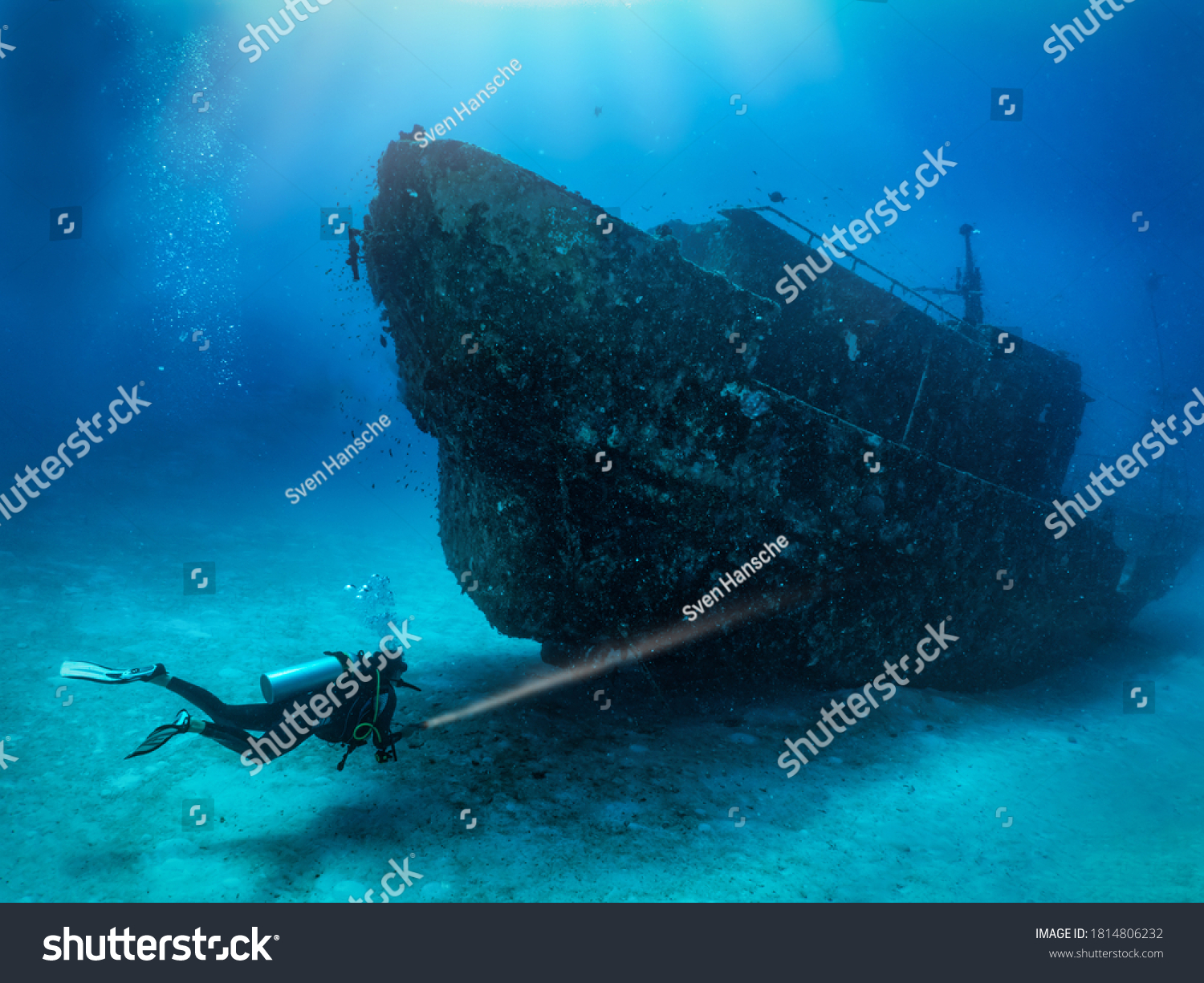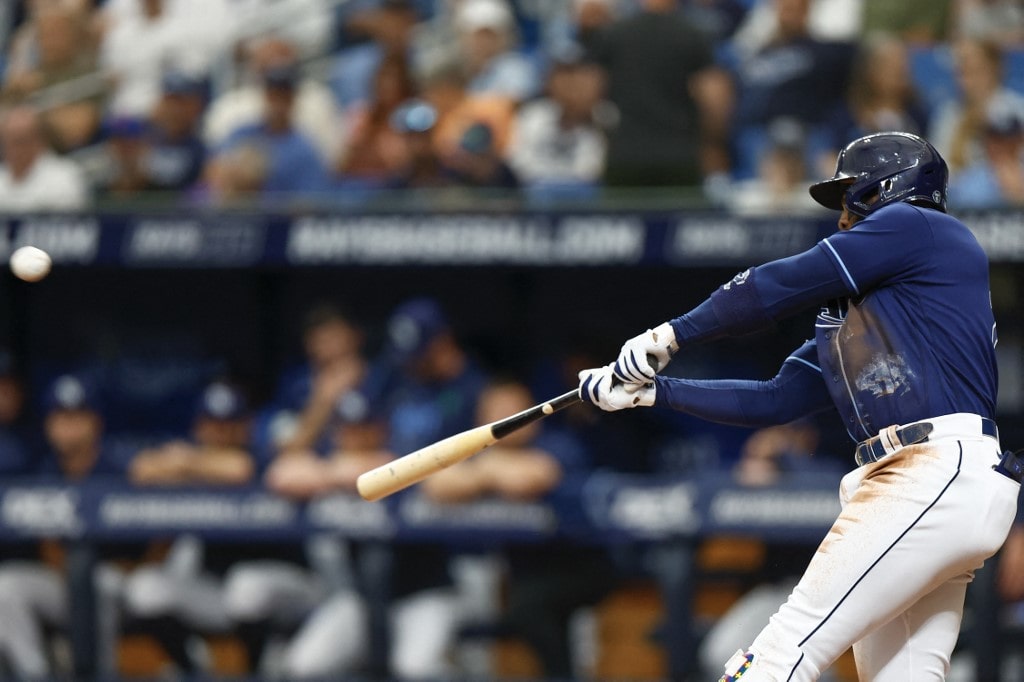Advanced Techniques For Automated Visual Inspection Of Lyophilized Drug Products

Table of Contents
Image Acquisition Techniques for Enhanced Visual Inspection
Effective automated visual inspection begins with high-quality image acquisition. The ability to capture clear, detailed images of lyophilized cakes, vials, and other drug product forms is paramount for accurate defect detection. Several advanced techniques significantly improve the process:
High-Resolution Imaging
High-resolution imaging utilizes advanced cameras and specialized lighting to capture incredibly detailed images. This allows for the detection of even the smallest defects that might be missed by the human eye.
- Camera Technologies: CMOS cameras offer advantages in speed and cost-effectiveness, while CCD cameras often provide superior image quality, particularly in low-light conditions. The choice depends on specific application requirements.
- Polarized Light: Utilizing polarized light significantly reduces glare and reflections, leading to clearer images and improved defect visibility, especially on shiny or translucent surfaces.
- Consistent Illumination: Maintaining consistent and uniform illumination across the entire field of view is critical for accurate image analysis. This minimizes shadowing and ensures that subtle defects aren't obscured.
Hyperspectral Imaging
Hyperspectral imaging goes beyond traditional imaging by capturing spectral information at numerous wavelengths across the electromagnetic spectrum. This allows for the detection of subtle defects invisible to the naked eye or standard cameras, providing a detailed spectral signature of the lyophilized drug product.
- Defect Detection: Hyperspectral imaging excels at detecting cracks, impurities, inconsistencies in cake morphology (such as variations in density or porosity), and other defects that might impact product quality and stability.
- Advantages: Compared to traditional visual inspection methods, hyperspectral imaging offers significantly improved sensitivity and specificity in detecting defects, minimizing false positives and false negatives.
- Data Analysis: Analyzing hyperspectral image data requires sophisticated algorithms and specialized software. However, the resulting insights provide a level of detail unattainable through other methods.
3D Imaging and Reconstruction
3D imaging techniques, such as structured light and laser triangulation, create detailed three-dimensional models of lyophilized products. This is particularly beneficial for assessing complex shapes and identifying surface irregularities or dimensional variations that might indicate processing problems.
- Complex Shapes: 3D inspection is highly effective for evaluating complex shapes and structures within lyophilized drug products, providing a comprehensive view of the entire product.
- Cake Collapse and Sublimation: 3D imaging allows for precise measurement of cake height and volume, helping to identify issues such as cake collapse or incomplete sublimation during the lyophilization process.
- Data Processing: Advanced data processing techniques are required to generate 3D models from the acquired image data. These techniques can include image registration, surface reconstruction, and mesh generation.
Advanced Algorithms for Automated Defect Detection
Once high-quality images are acquired, sophisticated algorithms are needed to automatically detect and classify defects. The power of artificial intelligence and machine learning is transforming this aspect of automated visual inspection.
Machine Learning for Defect Classification
Machine learning, especially deep learning techniques like convolutional neural networks (CNNs), is highly effective for classifying defects in lyophilized drug products. These algorithms can be trained on large datasets of images to automatically identify and categorize various defects.
- Training Data: Creating a comprehensive and representative training dataset is critical for the successful application of machine learning algorithms. The dataset should include images with a wide variety of defects and variations.
- Algorithm Selection: The choice of machine learning algorithm depends on the specific characteristics of the defects and the size of the training dataset. CNNs are particularly well-suited for image classification tasks.
- Model Performance: Rigorous testing and validation are necessary to assess the accuracy and reliability of the trained machine learning models.
Computer Vision Techniques for Pattern Recognition
Computer vision techniques are used to analyze images and identify patterns indicative of defects. This involves image pre-processing, feature extraction, and the application of pattern recognition algorithms.
- Image Pre-processing: Steps such as noise reduction, image enhancement, and segmentation are crucial for improving the accuracy of defect detection.
- Feature Extraction: Relevant features that characterize defects, such as size, shape, color, and texture, are extracted from the images.
- Robotics Integration: Computer vision can be seamlessly integrated with robotic systems for automated handling of vials and other drug product containers.
Statistical Process Control (SPC) Integration
Integrating statistical process control (SPC) methods helps monitor the performance of the automated inspection system and detect any shifts in the defect rate over time. This allows for proactive identification and resolution of quality issues.
- Control Charts: Control charts visually represent the defect rate over time, making it easy to identify trends and outliers.
- Process Capability Analysis: This helps to assess the ability of the automated inspection system to consistently meet quality standards.
- Real-time Monitoring: Real-time monitoring and alert systems provide immediate notification of any significant changes in the defect rate.
Integration and Validation of Automated Visual Inspection Systems
Successfully implementing automated visual inspection systems requires careful consideration of system integration and validation to meet regulatory requirements.
System Integration and Workflow Optimization
Integrating automated visual inspection systems into existing manufacturing workflows requires a well-planned approach. This includes designing the system to seamlessly fit into the production line and optimizing the workflow to maximize efficiency.
- Robotic Handling: Robotic systems can be used to automate the handling of vials and other drug product containers, improving throughput and reducing the risk of human error.
- Conveyor Belt Integration: Automated systems can be integrated with existing conveyor belt systems to streamline the inspection process.
- Data Management: Robust data management and reporting software is essential for tracking inspection results, generating reports, and complying with regulatory requirements.
Validation and Regulatory Compliance
Validation is critical to ensure that the automated visual inspection system consistently meets its intended performance and complies with Good Manufacturing Practices (GMP) and other regulatory requirements.
- Qualification and Verification: This involves documenting the design, installation, and operational qualification of the system to ensure it meets predefined specifications.
- Performance Qualification Testing: This involves testing the system's ability to accurately detect defects under various operating conditions.
- Regulatory Guidelines: Compliance with relevant regulatory guidelines, such as 21 CFR Part 11, is essential for maintaining compliance and ensuring data integrity.
Conclusion
Advanced techniques for automated visual inspection are transforming quality control for lyophilized drug products. By leveraging high-resolution imaging, advanced algorithms, and robust system integration, manufacturers can significantly improve inspection accuracy, efficiency, and regulatory compliance. Implementing these techniques enables faster release times, reduced costs, and, most importantly, enhanced patient safety. To learn more about improving your lyophilized drug product inspection processes and implementing these advanced techniques, contact us today for a consultation. Don't hesitate to explore the possibilities of automated visual inspection for lyophilized drug products and take your quality control to the next level!

Featured Posts
-
 Death Of Diver During Recovery Of Tech Tycoons Sunken Vessel
May 11, 2025
Death Of Diver During Recovery Of Tech Tycoons Sunken Vessel
May 11, 2025 -
 Uruguay Vs Colombia En Vivo Sigue El Sudamericano Sub 20 Minuto A Minuto
May 11, 2025
Uruguay Vs Colombia En Vivo Sigue El Sudamericano Sub 20 Minuto A Minuto
May 11, 2025 -
 Gerer Ses Investissements Optimiser Ses Rendements Et Minimiser Les Risques
May 11, 2025
Gerer Ses Investissements Optimiser Ses Rendements Et Minimiser Les Risques
May 11, 2025 -
 Rare Condition Bilateral Anophthalmia And Its Impact On Development
May 11, 2025
Rare Condition Bilateral Anophthalmia And Its Impact On Development
May 11, 2025 -
 Yankees And Rays Whos On The Il For The May 2 4 Series
May 11, 2025
Yankees And Rays Whos On The Il For The May 2 4 Series
May 11, 2025
